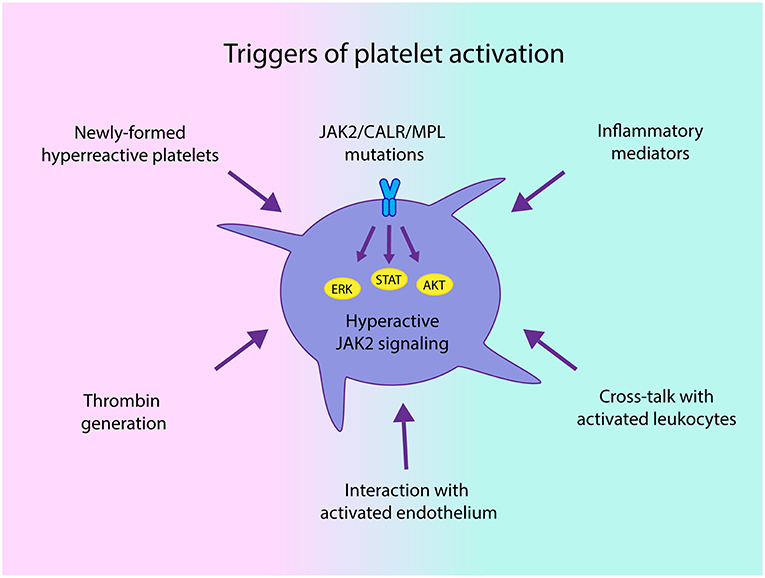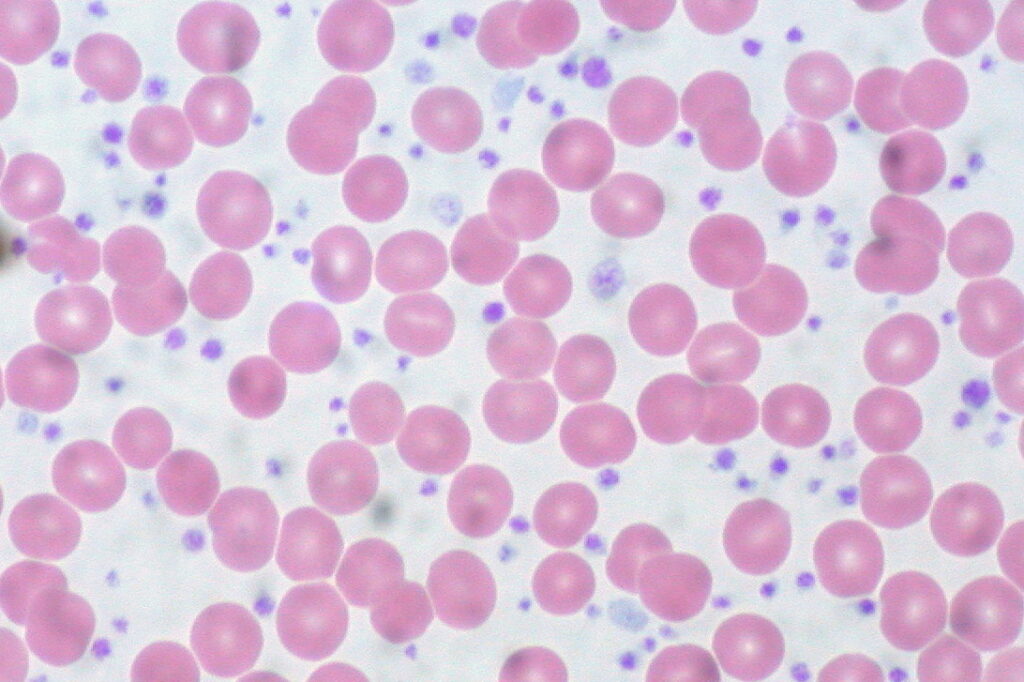High platelet count, also known as thrombocytosis, is a condition characterized by an abnormally elevated number of platelets in the blood. Platelets, which are small cell fragments in the bloodstream, play a crucial role in blood clotting and wound healing. When their numbers rise beyond the normal range, it can lead to various health concerns. In this article, we will explore the causes, symptoms, and treatment options for this condition.

Understanding Platelets and Their Role
Platelets are essential components of blood that help stop bleeding by forming clots at the site of an injury. They are produced in the bone marrow, and their production is regulated by the body’s needs. Under normal circumstances, the platelet count ranges between 150,000 and 450,000 per microliter of blood. A count higher than this range indicates high platelet levels, which can occur due to several reasons.
Types of High Platelet Count
- Primary Thrombocytosis: This occurs when there is an issue with the bone marrow itself, leading to excessive platelet production. It is often linked to disorders such as essential thrombocythemia.
- Secondary Thrombocytosis: This type arises as a reaction to another underlying condition or external factor, such as inflammation, infection, or surgery.
Causes of High Platelet Count
There are multiple factors that can contribute to an elevated platelet count. These causes can be broadly categorized into primary and secondary types.
Primary Causes
Primary causes stem from abnormalities within the bone marrow. Some of the most common conditions include:
- Essential Thrombocythemia: A rare disorder where the bone marrow produces too many platelets without any clear cause.
- Polycythemia Vera: A condition where the bone marrow makes too many red blood cells, white blood cells, and platelets.
- Myelofibrosis: A serious bone marrow disorder that disrupts the production of blood cells, including platelets.
Secondary Causes
Secondary causes are reactions to other health issues or external influences. These include:
- Infections: Bacterial or viral infections can temporarily increase platelet production as part of the immune response.
- Inflammatory Conditions: Diseases like rheumatoid arthritis or inflammatory bowel disease may trigger an elevated platelet count.
- Surgery or Trauma: The body may respond to physical injury by producing more platelets to aid in healing.
- Anemia: Iron deficiency anemia is sometimes associated with an increased platelet count.
- Cancer: Certain cancers, especially those affecting the bone marrow, can lead to abnormal platelet production.
Symptoms of High Platelet Count
Many individuals with a high platelet count may not experience noticeable symptoms, especially if the elevation is mild. However, when symptoms do occur, they can vary depending on whether the condition is primary or secondary. Common signs include:
- Blood Clot Formation: Excessive platelets can lead to the formation of blood clots, which may cause complications such as deep vein thrombosis or stroke.
- Bleeding Issues: Paradoxically, some people with high platelet counts may experience unusual bleeding, such as nosebleeds or easy bruising, due to dysfunctional platelets.
- Fatigue: Feeling unusually tired or weak can be a sign of an underlying condition causing the elevated platelet count.
- Dizziness or Headaches: These symptoms may occur if blood clots affect blood flow to the brain.
- Numbness or Tingling: Reduced blood flow to extremities can cause sensations of numbness or tingling.
Diagnosis of High Platelet Count
To diagnose this condition, healthcare providers typically rely on a combination of medical history, physical examination, and laboratory tests. Key diagnostic steps include:
- Blood Tests: A complete blood count is performed to measure the platelet levels. Additional tests may assess the functionality of the platelets.
- Bone Marrow Biopsy: If primary thrombocytosis is suspected, a sample of bone marrow may be examined to identify abnormalities.
- Imaging Studies: Ultrasound or other imaging techniques may be used to check for blood clots or other complications.
Treatment Options for High Platelet Count
The treatment approach depends on the underlying cause of the elevated platelet count. For secondary thrombocytosis, addressing the root cause often resolves the issue. Primary thrombocytosis, however, may require more targeted interventions.
Lifestyle and Monitoring
In cases where the risk of complications is low, regular monitoring may be sufficient. Patients are advised to adopt certain lifestyle changes to reduce the risk of blood clots, such as:
- Maintaining a healthy weight
- Avoiding smoking and excessive alcohol consumption
- Staying physically active
Medications
For individuals at higher risk of complications, medications may be prescribed to manage the condition. These include:
- Aspirin: Low-dose aspirin is often used to prevent blood clots by reducing platelet activity.
- Platelet-Lowering Drugs: Medications such as hydroxyurea or anagrelide may be prescribed to reduce platelet production.
- Anticoagulants: Blood thinners like warfarin may be used to prevent clot formation in high-risk patients.
Treatment of Underlying Conditions
If the high platelet count is secondary to another condition, treating the primary issue is essential. For example:
- Treating infections with antibiotics or antiviral medications
- Managing inflammatory diseases with anti-inflammatory drugs
- Addressing iron deficiency through dietary changes or supplements
Potential Complications
While some individuals with high platelet counts may remain asymptomatic, others face significant risks. Potential complications include:
- Blood Clots: These can block blood vessels, leading to serious conditions such as heart attacks or strokes.
- Bleeding Disorders: Dysfunctional platelets may fail to clot properly, resulting in excessive bleeding.
- Progression to Other Disorders: In some cases, primary thrombocytosis can evolve into more severe bone marrow conditions.
When to Seek Medical Attention
It is important to consult a healthcare provider if you experience symptoms such as persistent headaches, unexplained fatigue, or frequent bleeding. Additionally, individuals diagnosed with high platelet counts should adhere to their treatment plans and attend regular follow-up appointments to monitor their condition.
Preventive Measures
While not all cases of high platelet count can be prevented, certain measures can help reduce the risk of complications:
- Adopting a balanced diet rich in fruits, vegetables, and whole grains
- Engaging in regular physical activity to improve circulation
- Avoiding prolonged periods of immobility to reduce the risk of blood clots
- Managing chronic conditions effectively through medication and lifestyle changes





